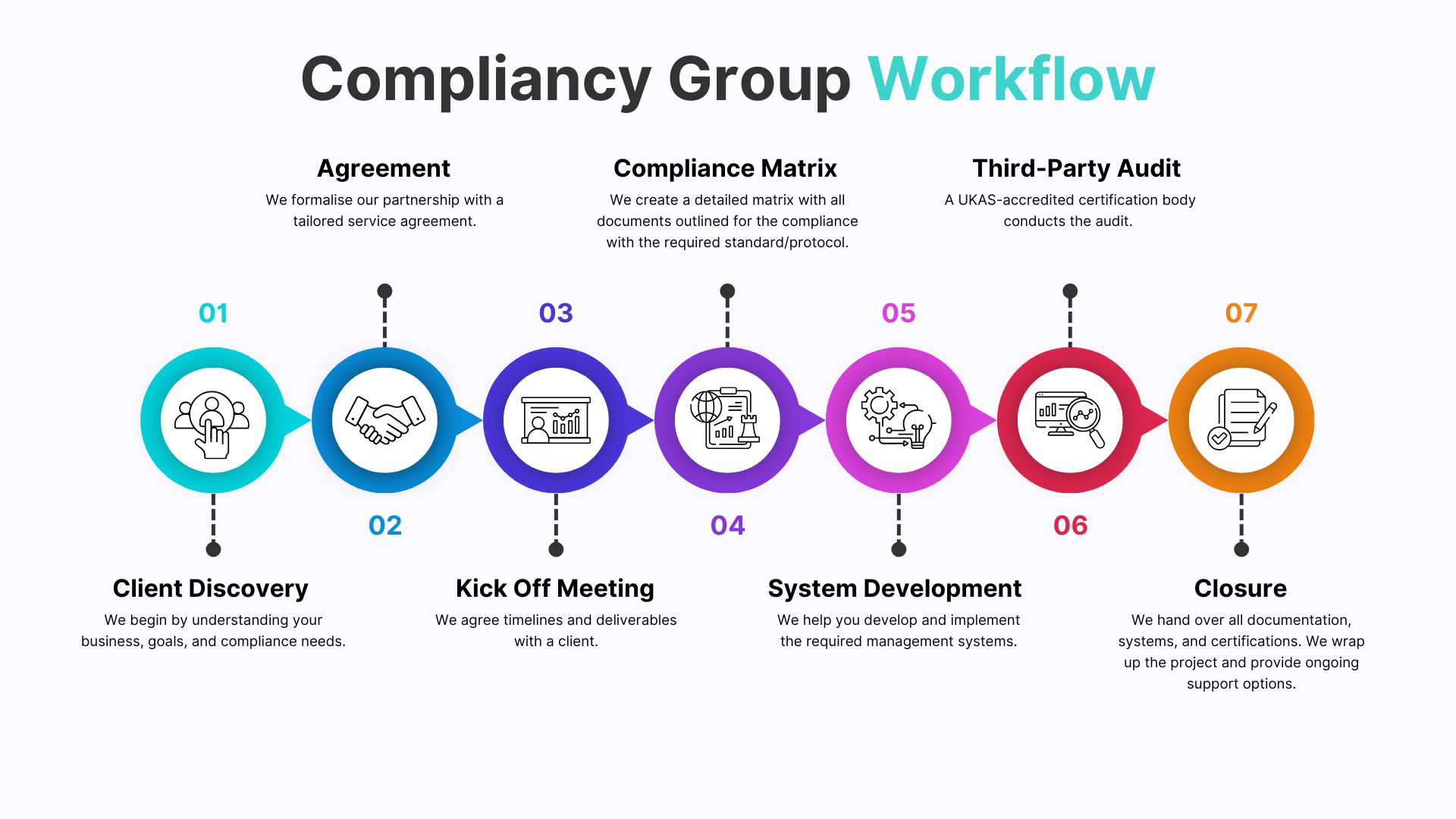We're Here To
Help
A Confined Space Risk Assessment is a vital inspection designed to identify, evaluate, and control hazards in areas with limited entry or exit, such as tanks, silos, or underground chambers. Conducting a thorough confined space assessment demonstrates your business’s commitment to health and safety, legal compliance, and proactive risk management – trusted by clients, partners, and regulators across multiple industries. With effective confined space management, you protect your workforce, reduce the risk of serious incidents, and ensure regulatory requirements are met. Compliancy Group guides you through every step – making confined space compliance clear, practical, and a genuine business advantage.
We understand the unique risks and regulations associated with confined spaces. Our team brings hands-on experience with risk assessments, control measures, and industry best practices.
No one-size-fits-all here. Whether you need an initial risk assessment, safe system of work development, training, or ongoing compliance advice, our services are fully customised to your operations. We offer flexible support packages—from essential guidance to comprehensive on-site consultancy.
We work exclusively with UKAS-accredited certification bodies and maintain a 100% pass rate for compliance assessments. Our clients trust us to deliver results that stand up to audit and regulatory scrutiny—helping you achieve, maintain, and leverage confined space compliance for business growth.
Compliance shouldn’t slow you down. We help you build safer environments, reduce risk, and improve operational efficiency—so you can focus on your core business.
You’ll work directly with our expert team, including leadership involvement from our CEO. We pride ourselves on responsive communication, clear guidance, and ongoing support throughout your compliance journey.
Demonstrate compliance to secure contracts and reassure clients.
Show your commitment to workforce safety and legal responsibilities.
Minimise the risk of accidents, injuries, or fatalities in confined spaces.
Enhance your standing as a responsible and trusted organisation.
Regular assessments and compliance checks foster a culture of ongoing safety and operational excellence.
Strengthen Reputation
From initial assessment to ongoing support, our team ensures you’re always prepared and confident.
We streamline compliance processes, freeing up your team to focus on core business activities.
Services are tailored to your specific business needs, not generic templates.
Ongoing support, training, and regulatory updates keep your business compliant long after inspection.
Our 100% compliance pass rate and exclusive partnerships with UKAS-accredited bodies mean you’re in safe hands.

A risk assessment should identify potential hazards in a workplace or confined space. A hazard is anything that has the potential to cause harm. A hazard in isolation, is not necessarily harmful – but interaction with something else (i.e. a person) may make it harmful.
These regulations contain the following key duties: avoid entry to confined spaces, e.g. by doing the work from the outside; if entry to a confined space is unavoidable, follow a safe system of work; and. put in place adequate emergency arrangements before the work start.
By law, every employer must conduct risk assessments on the work their employees do. If the company or organisation employs more than five employees, then the results should be recorded with details of any groups of employees particularly at risk such as older, younger, pregnant or disabled employees.
Steps needed to manage risk •Identify hazards. •Assess the risks. •Control the risks. •Record your findings. •Review the controls.
What's Required for a Confined Space Hazard Evaluation •hazardous atmosphere – such as low oxygen or a toxic gas. •potential for engulfment or suffocation – a risk of drowning or being buried. •a layout that might trap a worker through converging walls or a sloped floor. •or any other serious safety or health hazard.
Ensure constant monitoring and effective communication Ensuring constant monitoring and effective communication is essential to guarantee the safety of workers in confined spaces. A worker should never intervene alone in a confined space, as this significantly increases the risks in case of a problem.
When testing for atmospheric hazards, test first for oxygen, then for combustible gases and vapors, and then for toxic gases and vapors.
Wherever possible, you should avoid carrying out tasks in confined spaces. If this is not possible, you must assess the risks of the particular confined space and plan how you will control those risks. For example, if: a confined space has harmful fumes, you should consider how these can be ventilated or removed.